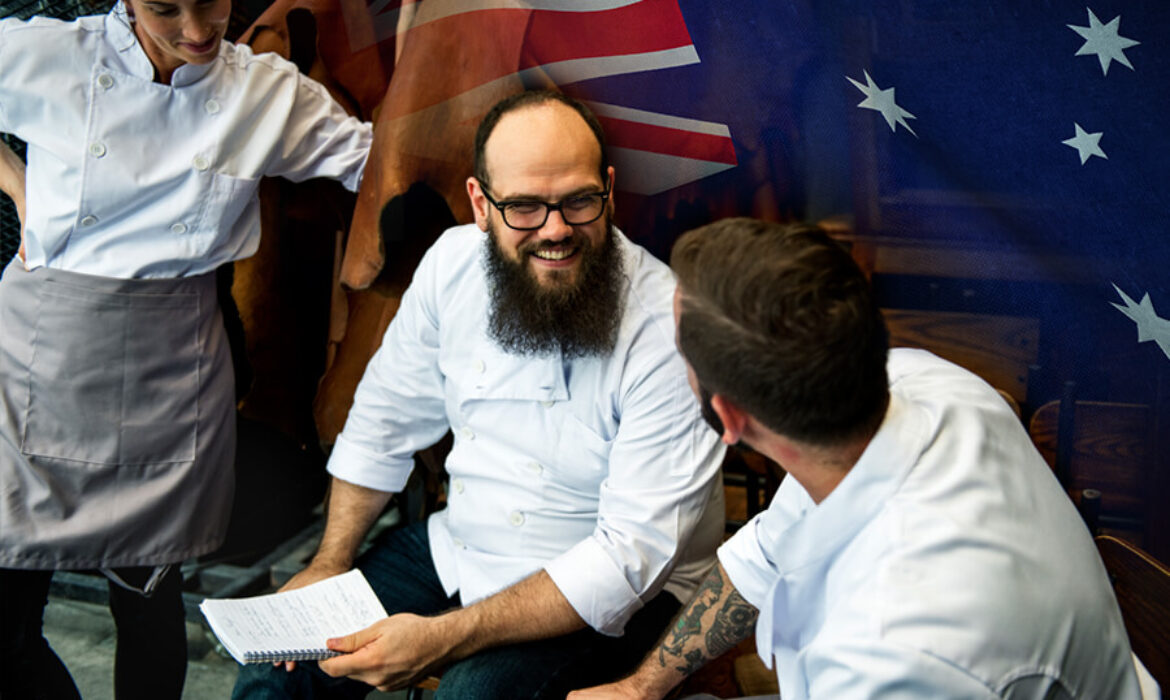In Australia, we’re so blessed to have an incredible sector for chefs to flourish in. From celebs to head chefs of community-renowned Australian restaurants, many individuals have already increased to success through their culinary arts career.
Reputation doesn’t take place immediately, nevertheless. Because the best executive cooks will tell you, there’s a ladder that needs to be climbed.
The truly amazing information is the fact considering the variety of opportunities available in Australia’s hospitality sector, very encouraged chefs have the potential to grow their career speedily.
Let’s look into the numerous cookery roles present in a commercial kitchen and the way your career can develop from one to the other.
1. Commis Chef
A recent graduate with a commercial cookery qualification is likely to discover their first part as a commis chef or line cook. This really is a junior role, usually delegated to a specific station and reporting to some cook de Partie.
Commis chefs may move the kitchen in their career, as the requirements of your kitchen alter. This enables them to gain expertise throughout various specializations – including seafood, marinade, or pastry.
Simply because this experience creates, a commis chef may be able to move up on the position of initial commis or demi-chef de Partie, training to changeover in a full cook de Partie role.
2. Chef de Partie
While a chef de partie will probably be skilled in places through the cooking area, you will find a single station they specialize in, and they are therefore in command of. A chef de partie have a more specific title according to their station, like saucier (for marinade) or extremities (for entrees).
As a station director, a chef de partie has greater commitments, supervising producing meals within their station.
The chef de partie can also be liable for training commis culinary chefs, ensuring foods are constant across every single plate and ensuring safety and health conformity at their station.
3. Sous-chef de Cuisine
The sous, or “under” chef is generally second-in-command to a head or executive cook. Not restricted to any station, a sous chef oversees the full kitchen and works as an intermediary.
Consequently, they should not only be a skilled and accomplished cook but a strong leader with exceptional communication skill. Additional sous chef responsibilities often include handling inventory, preparing and designing menus in tandem with the head chef and making certain staff are adequately trained.
4. Chef de Cuisine
Referred to as the head cook, the chef de cuisine is truly the top role in a restaurant kitchen. Head cooks will have largely supervisory roles, with commitments far beyond food preparation.
These will usually incorporate liaising with other parts of the place, for example, in front of the house. They will usually report straight to the restaurant manager or owner, and play an important role within the continuous operation of your business, maximizing kitchen area profitability.
5. Chef Executive
Although the executive chef is occasionally applied interchangeably with head cook, this title mostly refers to a particular role only within a massive organization.
Executive chefs will normally be found in hotels or restaurant groups, supervising a number of venues. Like an organization-focused role, the executive cook works as an administrator across different places, ensuring consistent brilliance and coordinating marketing and advertising and public relation efforts.
If you have a passion for being a chef and love the food industry, then certificate III or IV in commercial cookery can be a great starter for you. If you want to know more about the qualification, feel free to contact us.






